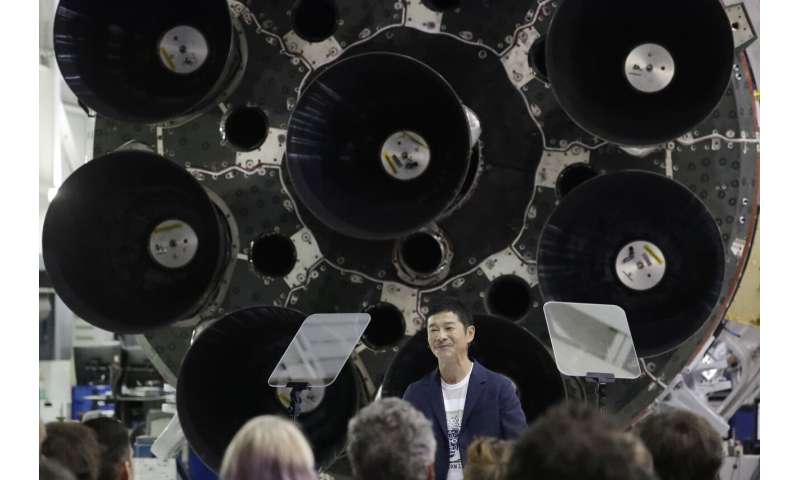Artificial intelligence can make personality judgments based on photographs

Russian researchers from HSE University and Open University for the Humanities and Economics have demonstrated that artificial intelligence is able to infer people's personality from 'selfie' photographs better than human raters do. Conscientiousness emerged to be more easily recognizable than the other four traits. Personality predictions based on female faces appeared to be more reliable than those for male faces. The technology can be used to find the 'best matches' in customer service, dating or online tutoring.
The article, "Assessing the Big Five personality traits using real-life static facial images," will be published on May 22 in Scientific Reports.
The article, "Assessing the Big Five personality traits using real-life static facial images," will be published on May 22 in Scientific Reports.
Physiognomists from Ancient Greece to Cesare Lombroso have tried to link facial appearance to personality, but the majority of their ideas failed to withstand the scrutiny of modern science. The few established associations of specific facial features with personality traits, such as facial width-to-height ratio, are quite weak. Studies asking human raters to make personality judgments based on photographs have produced inconsistent results, suggesting that our judgments are too unreliable to be of any practical importance.
Nevertheless, there are strong theoretical and evolutionary arguments to suggest that some information about personality characteristics, particularly, those essential for social communication, might be conveyed by the human face. After all, face and behaviour are both shaped by genes and hormones, and social experiences resulting from one's appearance may affect one's personality development. However, recent evidence from neuroscience suggests that instead of looking at specific facial features, the human brain processes images of faces in a holistic manner.
Researchers from two Moscow universities, National Research University Higher School of Economics (HSE) and Open University for the Humanities and Economics, have teamed up with a Russian-British business start-up called BestFitMe to train a cascade of artificial neural networks to make reliable personality judgments based on photographs of human faces. The performance of the resulting model was above that reported in previous studies using machine learning or human raters. The AI was able to make above-chance judgments about conscientiousness, neuroticism, extraversion, agreeableness and openness based on selfies the volunteers uploaded. The resulting personality judgments were consistent across different photographs of the same individuals.
The study was done in a sample of 12,000 volunteers who completed a self-report questionnaire measuring personality traits based on the "Big Five" model and uploaded a total of 31,000 selfies. The respondents were randomly split into a training and a test group. A series of neural networks were used to preprocess the images to ensure consistent quality and characteristics, and exclude faces with emotional expressions, as well as pictures of celebrities and cats. Next, an image classification neural network was trained to decompose each image into 128 invariant features, followed by a multi-layer perceptron that used image invariants to predict personality traits.
The average effect size of r = .24 indicates that AI can make a correct guess about the relative standing of two randomly chosen individuals on a personality dimension in 58% of cases as opposed to the 50% expected by chance. In comparison with the meta-analytic estimates of correlations between self-reported and observer ratings of personality traits, this indicates that an artificial neural network relying on static facial images outperforms an average human rater who meets the target in person without prior acquaintance. Conscientiousness emerged to be more easily recognizable than the other four traits. Personality predictions based on female faces appeared to be more reliable than those for male faces.
There are a vast number of potential applications to be explored. The recognition of personality from real-life photos can complement the traditional approaches to personality assessment in situations where high speed and low cost are more important than high accuracy. Artificial intelligence can be used to propose products that are the best fit for the customer's personality or to select the possible 'best matches' for individuals in dyadic interactions, such as customer service, dating or online tutoring.
More information: Kachur, A., Osin, E., Davydov, D., Shutilov, K., & Novokshonov, A. (2020). Assessing the Big Five personality traits using real-life static facial images. Scientific Reports. DOI: 10.1038/s41598-020-65358-6
Provided by National Research University Higher School of Economics

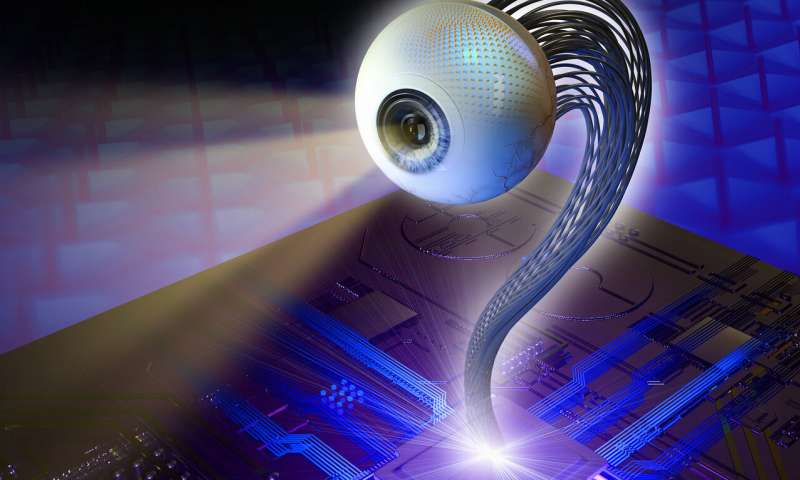

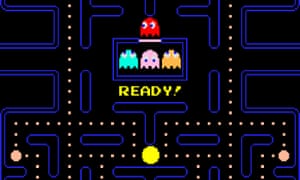


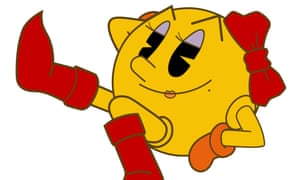
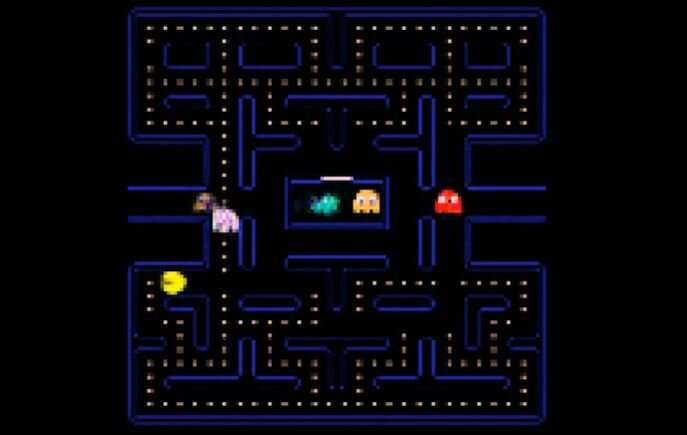
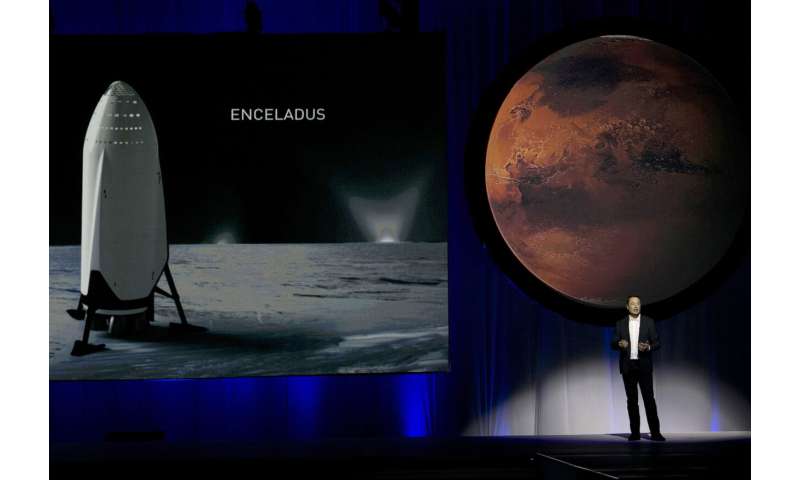
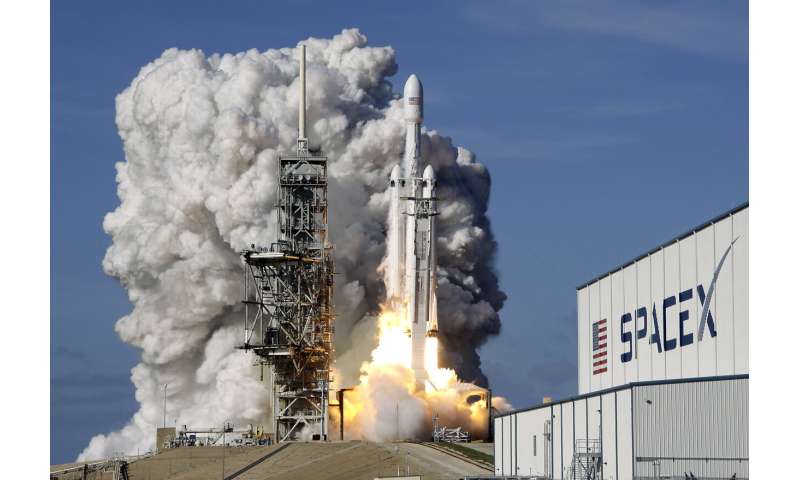
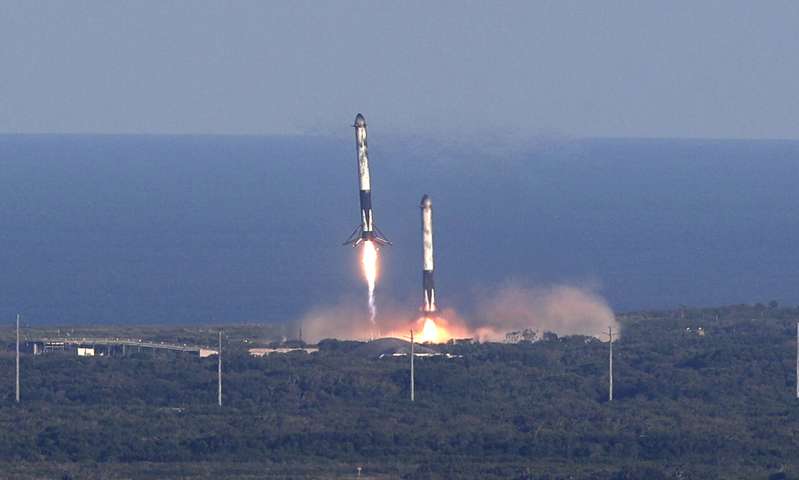
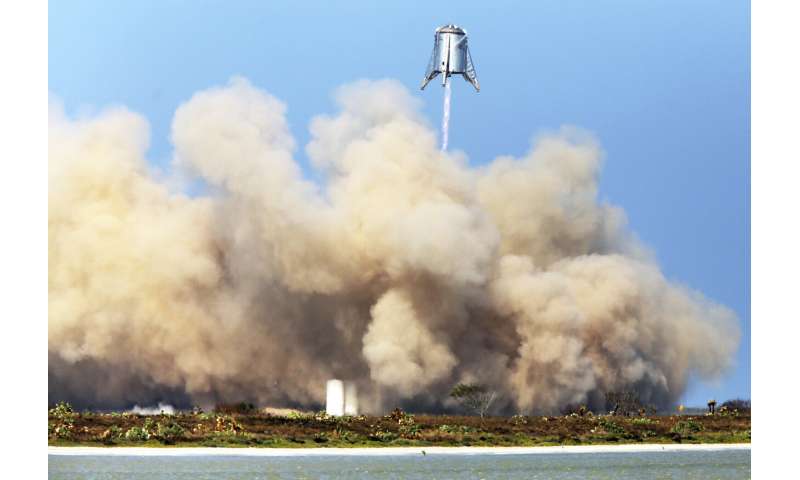
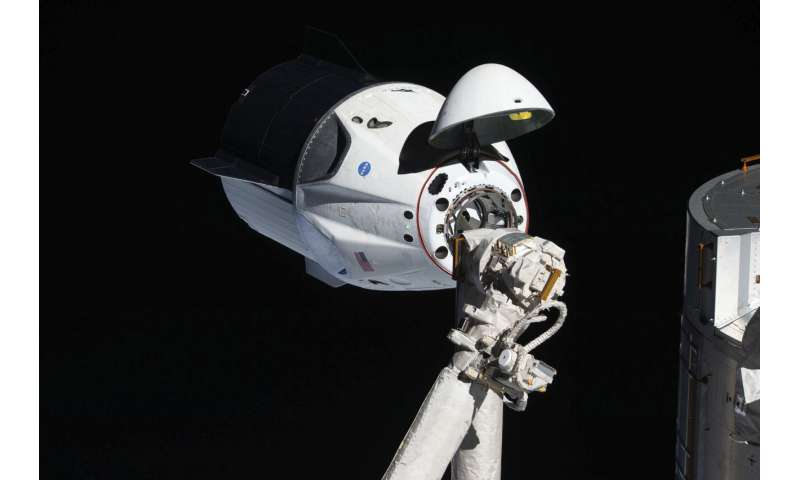
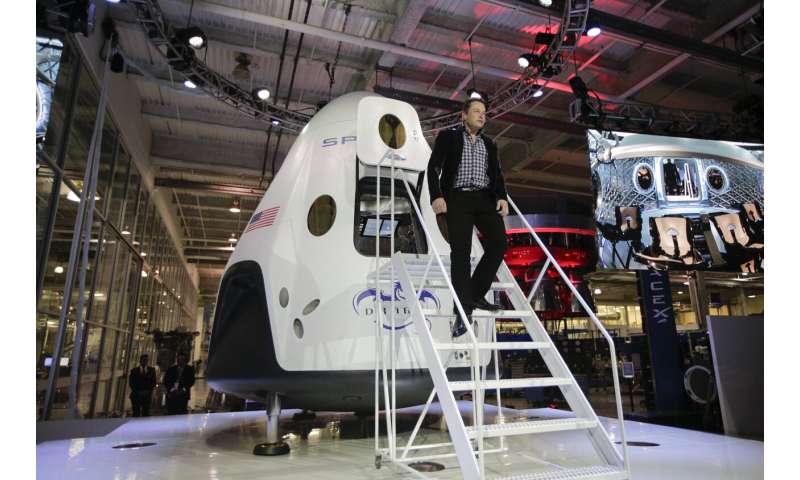
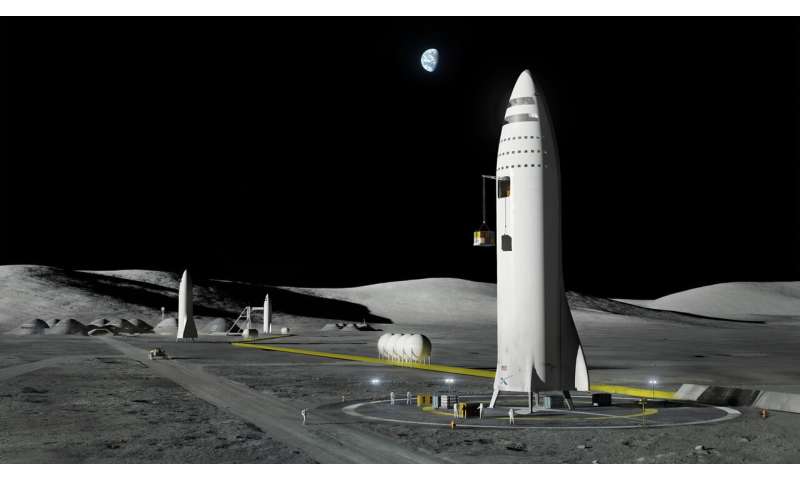 This artist's rendering made available
This artist's rendering made available 